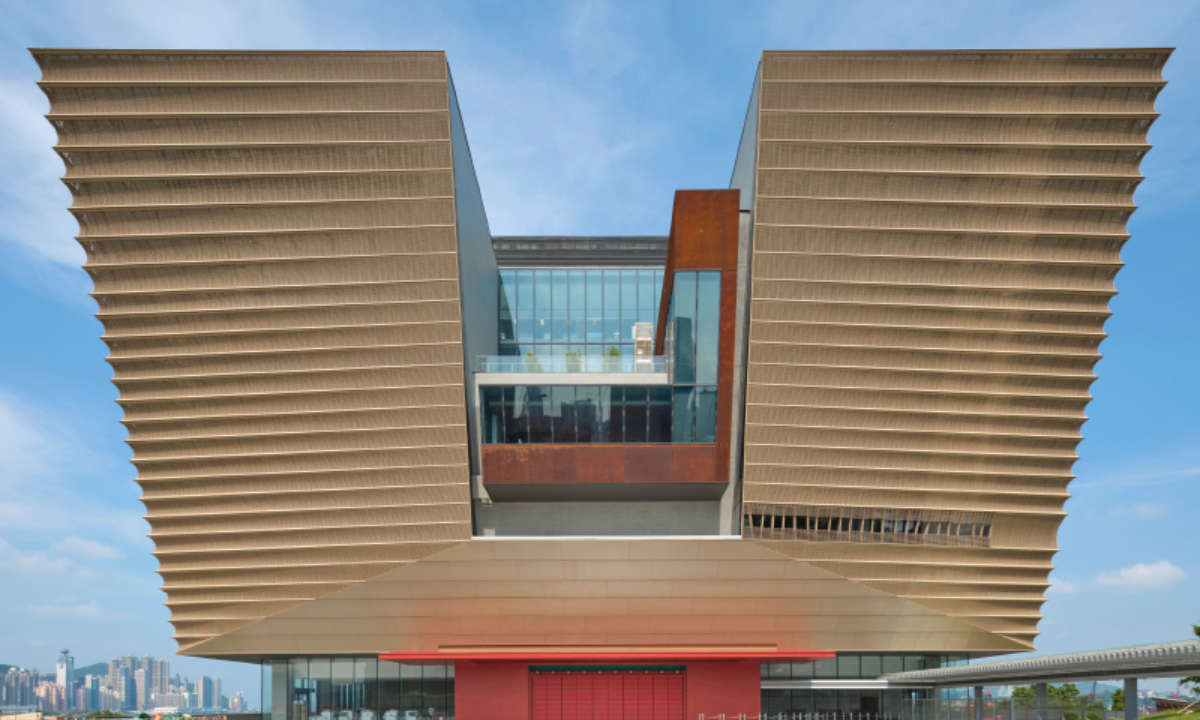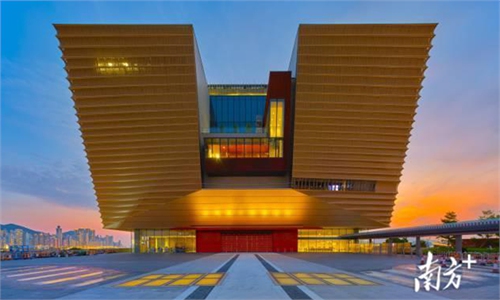ARTS / ART
Hong Kong SAR’s enhanced role in China’s cultural development and overseas exchanges

Hong Kong Palace Museum Photo: Courtesy of Fliggy
During his visit to the Hong Kong Special Administrative Region (HKSAR), Li Qun, viceminister of culture and tourism and head of China's National Cultural Heritage Administration (NCHA), met with HKSAR Chief Executive Carrie Lam. During the meeting, Li noted that Hong Kong has been playing a more significant role in promoting China's cultural development and exchanges with other countries.
Li said that Hong Kong has carried out constructive cooperation with the mainland in jointly combating the smuggling of cultural relics.
He also mentioned that cultural communication between the mainland and Hong Kong can help enhance the cultural identity and national identity of Hong Kong youth, and that the next step is to strengthen cooperation with Hong Kong in order to demonstrate the value of China's cultural relics and heritage, as well as education young people, according to a NCHA press release sent to the Global Times.
The Hong Kong Palace Museum, which held its opening ceremony on Wednesday, was one of the focuses of the meeting. Lam emphasized that the establishment of the museum comes at a critical moment in the cultural development of Hong Kong.
The opening of a series of cultural and arts institutions, including the Hong Kong Palace Museum, shows that Hong Kong's cultural and art landscape is gradually developing and taking shape, and that it will welcome the 25th anniversary of Hong Kong's return to the motherland with a new look, she added.
Hong Kong, as a free port, has an active trading market of cultural relics, so the works of combating the smuggling of cultural relics through Hong Kong has been one of the most important issues of the cultural cooperation between the mainland and Hong Kong.
An emphasis on jointly combating cultural relic smuggling has been included in agreements outlining closer exchanges and cooperation in the field of cultural heritage, Chinese news outlet zijing.org reported.
The NCHA has organized several lectures on combating the illegal trafficking of cultural relics with the HKSAR government, and the targets of the lectures include customs officials and police officers, employees at local auction houses as well as collectors.
"Some cases of illegally trafficking cultural relics overseas tell us that Hong Kong has been a transfer station for smuggling because of its status as a free port, so the city must play a significant role in restraining this illegal trade," Huo Zhengxin, an expert on art repatriation and a law professor at the China University of Political Science and Law, told the Global Times on Wednesday.
He noted that the mainland has been seeking cooperation with Hong Kong on the issue and that Hong Kong Customs has uncovered some smuggling cases, but there is still further work that authorities can carry out to eliminate such cases.
"Hong Kong Customs should focus more on the importance of cultural relics instead of treating them as ordinary goods, which should be revised in the law. Hong Kong should also be included in the international convention on combating illegal trafficking," Huo said.
Training lectures introducing cultural relics to Hong Kong custom officials are necessary, according to the expert.
The authorities in Hong Kong and the mainland have also jointly carried out cultural heritage education exchange activities for young people, organizing students from Hong Kong and Macao SARs to visit East China's Zhejiang Province, Central China's Henan Province and other places so that they may gain a better understanding of China's cultural heritage through lectures, museum visits and archaeological work at heritage sites.
Communication and exchanges between cultural institutes in the mainland and Hong Kong has continued uninterruptedly. The Hong Kong Palace Museum, which will be displaying relics on loan from the Beijing Palace Musuem, is the latest result of these exchanges. Additionally, other Hong Kong museums have held many exhibitions to display cultural relics collected in the mainland.
For example, 167 sets of cultural relics from the Shaanxi History Museum related to the Silk Road, including porcelains, bronzes and jade, were exhibited at the Hong Kong Museum of History in 2017.


